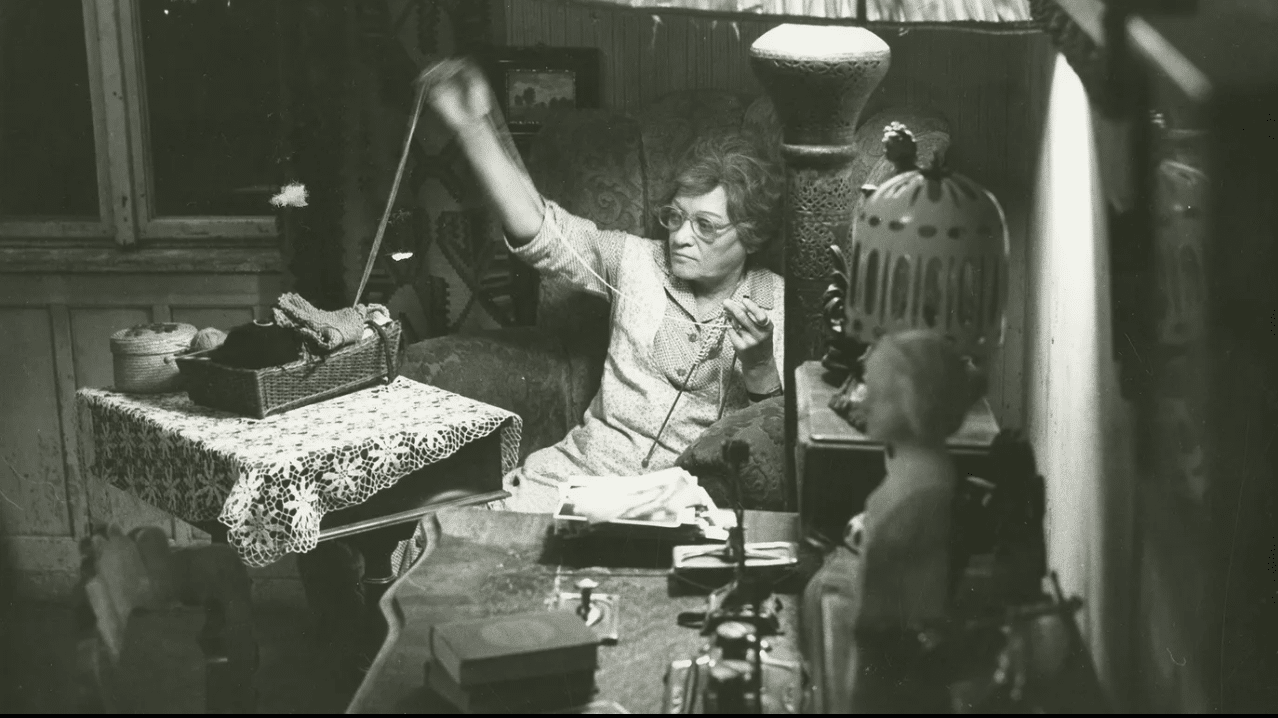



The late 1960s was certainly a time for female filmmakers in Hungary, amongst them Líva Gyarmathy and Martá Mészaros. Judit Elek (1937-) made a name for herself with short films and then went on to direct her first of sixteen features, an atmospheric curio entitled, Sziget a szárazföldön, The Lady from Constantinople.
Elemér Ragályi was behind the camera providing the drama with its distinctive visual allure that adds considerable value to Iván Mándy’s slim but texturally rich plot centring on the titular lady (Manyi Kiss) who arrives at Budapest station in the opening scenes, and then proceeds to heckle her way through a lecture about Istanbul. Back in her apartment she stares vacantly at the wall outside and eventually decides to move out. And this provides the story with its central focus as wanders around collecting her possessions together to a piano score by Tihamér Vujicsics’
A low point in Elek’s career involved her ordering the gratuitous burning alive of 16 sheep during the making of her 1989/90 feature Tutajosok. This act of brutality saw her condemned by a group of scientists from Poland “No director knowing her own worth would debase herself for using so primitive and cruel methods”. (Source: Wikipedia). Nevertheless the film went on to win the Grand Prix at Creteil International Women’s Film Festival and the Montreal World Film Festival: Prize of the Ecumenical Jury in 1989.
CANNES FILM FESTIVAL | CANNES CLASSICS 2023